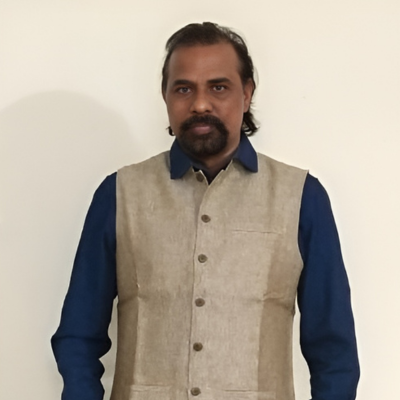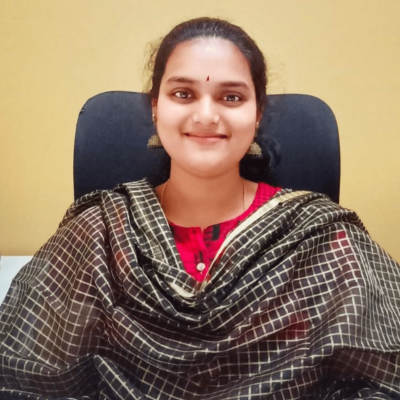Think of it as a smart educational system that acts like a personal tutor, constantly evaluating how well you’re grasping concepts and adjusting its teaching strategy to help you learn most effectively. It can slow down when you’re struggling with difficult concepts, offer additional practice when needed, or move faster through material you understand easily.
For example, if a student is having trouble with fractions in math, an adaptive learning system might:
This dynamic approach differs from traditional one-size-fits-all education by creating a uniquely tailored learning experience for each student, maximizing engagement and learning outcomes through continuous adaptation and personalization.
Ever had that perfect learning moment? When something clicks because it was explained in exactly the right way for your brain? That’s not luck – it’s what happens when learning fits you perfectly. Adaptive learning tries to create more of these moments, making learning feel natural instead of forced.
Picture having that one friend who just gets how you think. Maybe you need examples to understand things. Maybe you like figuring stuff out on your own. Or maybe you need to see something drawn out. That’s what this technology does – it picks up on how your mind works and rolls with it.
Right now, this kind of personalized learning is popping up everywhere. Nurses are learning new procedures through simulations that adjust to their comfort level. Sales teams are mastering product knowledge without drowning in PowerPoints. Even kids learning math find it less frustrating because the problems change based on where they’re struggling or excelling.
The smart part is how it learns about you while you’re learning. Not by asking you to fill out endless surveys, but by noticing the little things. Do you tend to rewatch videos? Maybe you learn better visually. Do you skip the examples and jump right to practice? Maybe you’re a hands-on learner.
Your journey through the material becomes uniquely yours. Having trouble with a concept? Maybe you’ll get a real-world example that makes it click. Getting everything right? You’ll move on to harder stuff without having to wait for others. It’s like having a playlist that knows exactly what song you need to hear next.
The feedback feels human. Instead of just “wrong answer, try again,” you get the kind of guidance that helps you understand why something didn’t work – and more importantly, how to fix it. It’s like having a patient tutor who’s available 24/7.
For anyone trying to learn something new, this changes the game completely. Gone are the days of sitting through stuff you already know, or feeling lost because things are moving too fast. You’re always in that sweet spot where learning feels challenging but not impossible.
For teachers, it’s like getting superpowers. Instead of trying to guess who’s lost and who’s bored, they can see exactly who needs what kind of help. They can spot patterns they might have missed before and jump in at just the right moment with just the right support.
In the working world, training finally makes sense. New hires can take extra time with the tricky parts without feeling like they’re holding everyone up. Experienced folks can quickly fill in their knowledge gaps without sitting through basics they’ve known for years.
Look at all this fancy learning technology. Everyone loves the idea until they see the bill. It’s like wanting to join that amazing gym – great equipment, personal trainers, the works. Then comes the membership fee, and suddenly those old running shoes look pretty good.
Schools and companies face the same thing, just with more zeros. And it’s not just about buying the tech. It needs people who know how to use it, maintain it, update it. Take high school teachers – they might get an amazing adaptive learning system in their classroom, but it could take months to really figure out how to use it. Meanwhile, students end up using it as a very expensive calculator.
And then there’s the elephant in the room: all this personalized learning means these systems know a lot about how people think and learn. It’s like having a mind-reading teacher. Sure, they might use that power for good, but it still feels a bit… weird. Ask any cybersecurity expert – there’s a lot to consider when it comes to protecting all that personal learning data.
Those soul-crushing corporate training videos – the ones where people are either completely lost or fighting to stay awake? Some companies finally got the message. Take this tech startup that completely flipped the script on training.
Instead of forcing everyone through the same boring process, they let people learn their way. Career-switchers could take extra time with the basics while experienced folks could zip ahead to the advanced stuff. The best part? By the end of training, they were all equally good at their jobs. They just took different paths to get there.
The secret to making this work? Start small, like really small. Think about learning guitar – nobody starts by signing up for a big concert. They start with three basic chords in their bedroom where no one can hear the mistakes.
The smart companies do the same thing. They pick one small program, one team, one course. They try stuff out, mess up a bit, figure out what works. Then they grow from there. The companies that try to go all-in at once with fancy adaptive training systems? Three months later, half their departments usually give up and go back to good old-fashioned manuals.
The really exciting stuff is happening right now. Picture AI tutors that can read subtle signs of confusion or understanding. Virtual reality simulations putting people right into real-world scenarios. Systems that can spot potential struggles before they become real problems.
But strip away all the fancy tech talk, and what’s really changing is how accessible good learning becomes. A student who’s always struggled with math suddenly finds explanations that make sense. Someone switching careers can build new skills at their own pace. A healthcare worker can practice complex procedures until they feel truly confident.
Some places are already showing what’s possible. Take a manufacturing plant that uses adaptive simulations for safety training. Workers practice handling dangerous situations without any real risk. The system adjusts based on their decisions, creating unique learning paths for everyone. The result? Better safety records and more confident workers.
The trick isn’t throwing money at the fanciest system out there. It’s about knowing exactly what needs fixing. A retail chain might need better customer service training. A hospital might want to improve emergency response times. The goals shape the solution.
Regular feedback from actual users makes all the difference. What feels confusing? What’s working well? What needs tweaking? The best systems evolve based on real experiences, not just theoretical ideas.
Success comes down to building something sustainable. That means having good tech support, keeping content fresh, and making sure people actually use the system. It’s like maintaining a car – regular check-ups prevent bigger problems down the road.
Clear communication matters too. People need to understand why things are changing and how it benefits them. The most successful programs make learning feel natural, not forced.
Adaptive learning isn’t just changing how people learn – it’s changing what’s possible to learn. Someone who never thought they could master complex skills suddenly finds a path that works for them. A workplace that always struggled with training suddenly sees better results.
The future looks like this: Learning that fits around life, not the other way around. Training that actually works. Education that adapts to each person’s needs. No more one-size-fits-all approaches that leave too many people behind.
The technology will keep getting better, but that’s not the real story. The real story is about making learning work for everyone, not just the ones who fit the traditional mold. That’s worth getting excited about.







